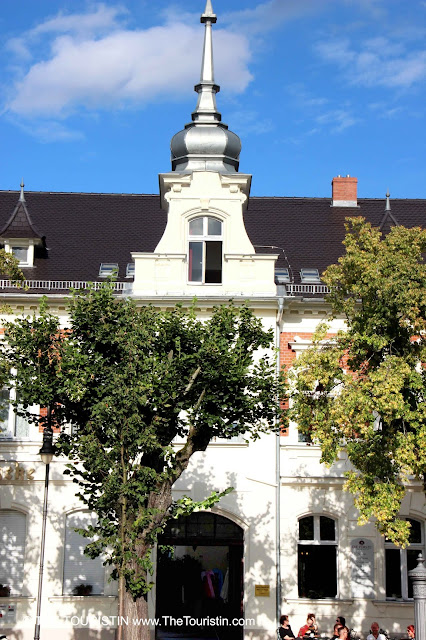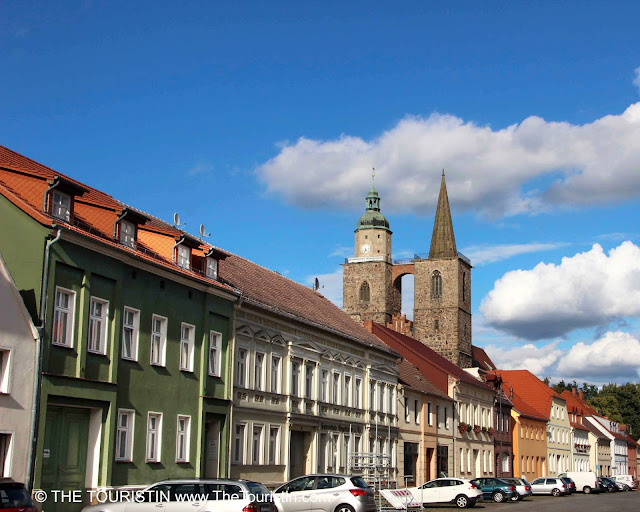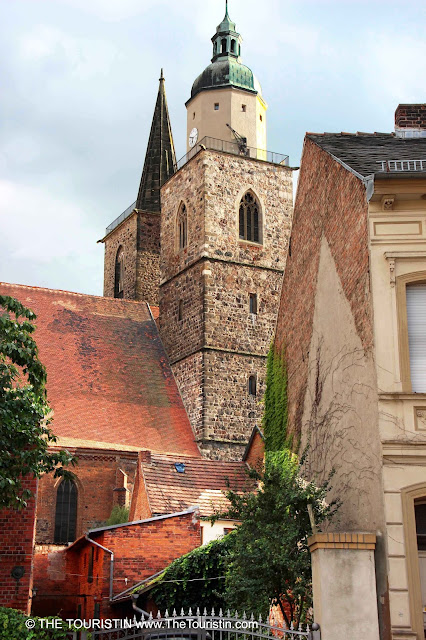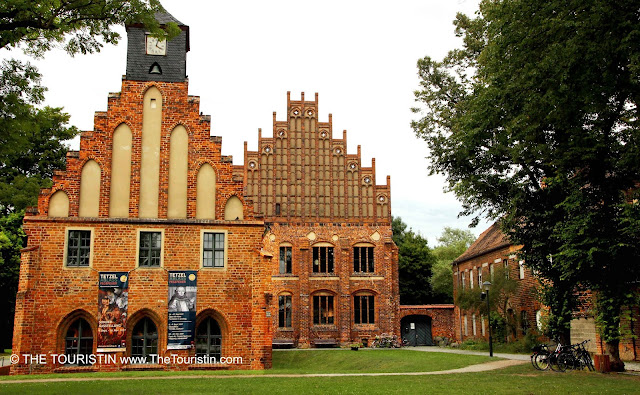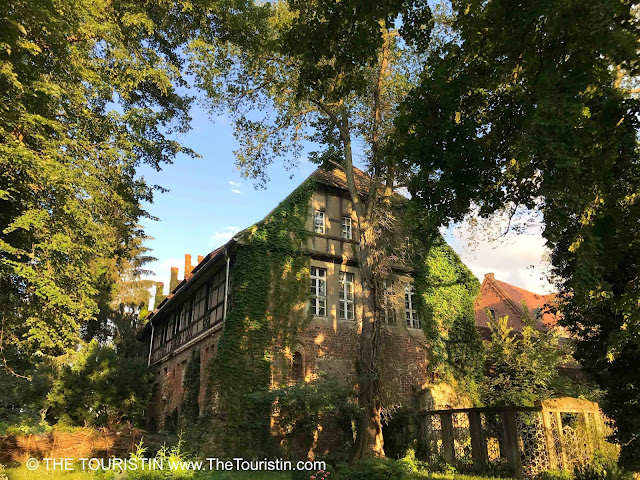If you travel to and through Germany you'll soon find out one thing. Everything that glitters is gold. The towns are pretty. Almost all street corners tell a story. There are famous and popular places to visit. Everybody loves Germany’s crown jewels Munich, Berlin, Leipzig, and Hamburg. Sometimes one just wishes to get away from these big towns and wants to get in touch with nature and spend time in small towns to slow down for a day or two and to see how Germany feels off the beaten path. One such hidden gem is Jüterbog. Jüterbog, where is that and why is it so special?
Jüterbog - where is that and why is it so special?
You find Jüterbog in the Fläming region southwest of Berlin in the state of Brandenburg. Hang on, that name sounds Dutch? In the 12th century, Flemish-Dutch Belgians settled in this region, and ever since the area has been called Fläming. This is the place to enjoy everything a trip to the countryside can offer. The protection of the original natural landscapes enjoys a high priority in this part of the world. Visit one of the many parks to see it for yourself. You should also check out farms that offer their agricultural products in farm stalls. I particularly love that one often sees small honesty-road-market-stalls, where you can buy fruit and vegetables or honey and homemade jam from.
Jüterbog with its 12,000 citizens is roughly one hour from the centre of Berlin but feels like it is a million light-years away. Time is running slow here, obviously not in reality, but you know that feeling.
In 1007, the town, grown from various medieval settlements was first mentioned in a document. It is always hard to imagine that this actually has all been built so long ago. To this day, over one thousand years later, the old town of Jüterbog still features lots of medieval architecture. Walk around and you learn that the town has always been a place of great historical events. A large fire destroyed parts of it in 1478. It was in the nearby town of Wittenberg that Martin Luther pinned his 95 Theses on the Reformation on that Church's door in the 16th century and laid the foundation for Protestantism. Military leader Wallenstein, the most famous and most important figure of the Thirty Years' War, spent some time here during the holy war that began in 1618. The Prussian King Friedrich started the Seven Years' War of Jüterbog in the 18th century. During the times of the dictatorship of the GDR, troops of the Soviet Union were stationed here.
Walking around town is a walk through the centuries. Cafes are busy with daytime visitors and locals, who meet for coffee, but in the very late afternoon, the town seemingly falls asleep. Through open windows you hear people preparing dinner, it smells inviting, and there is hardly another soul on the streets. Many of the hundreds of years old properties are refurbished lovingly, on a few corners around town you find abandoned houses waiting to be loved and to be brought back to their former glory. Broken windows, weed-covered entrances, raw brick facades. This sad reality offers great photo opportunities. Towns in Brandenburg feel lonely and friendly. Beauty is in the eye of the beholder, and I'm totally under Brandenburg's spell.
Jüterbog Town Hall and Market Square
The Town Hall, a true masterpiece of late Gothic architecture, was completed in 1507. On the upper floor is the Hall of the Principal, in which Wallenstein and Friedrich the Great determined the fortunes of the city. Today it is the mayor's office. Market stallholders started trading wares on the rectangular, centrally located square in front of the town hall in 1285. There are several cafes near the square where you get drinks, food, and coffee and cakes. I recommend DIE FÖRSTE a cute café where you find yourself sitting in an antique shop eating homemade cakes. Markt 7. 14913 Jüterbog.
St. Nikolai Church Jüterbog
The 71-metre-long and 23-metre-wide heritage-listed church of St. Nikolai is a three-nave Gothic hall church.
In the church, you can have a look at a Tetzel Box. Until the end of the fifteenth century, the trade with indulgences was strictly regulated by the Catholic Church, and certain penalties for sins could be enacted with money. A preacher called Tetzel controlled the extent of the indulgences and promoted it with slogans like ‘Once I hear the sound of money in the box, your soul flies into the sky.’ The Tetzel Box was the piggy bank for collecting the proceeds.
Cistercian Monastery Zinna
The former Cistercian monastery Zinna, which gave the town its name, was founded in 1170. Art and sciences played an important role at the time, and it was here in 1492 that the first book of the region was printed. The still-existing buildings, including the monastery church and a 13th-century basilica, bear witness to the work of the monks. The Reformation ends everyday life at the monastery. In 1553 the last monks left Zinna. The monastery was secularized.
Cistercian Monastery for nuns and the Church of our Lady
In 1280 monks handed over the church to a convent of Cistercian nuns. The monastic buildings were partially removed in the 16th century, and ever since some restorations took place. The organ of the church was built in 1737. There is a beautiful churchyard too (please be considerate of other visitors and the dead when you visit).
Jüterbog is a small and quiet town. As I said, it feels a million light-years away from Berlin. Take a drive into the somewhat unknown parts of Germany; see how Germany is outside of the big towns and famous areas. It is well worth a visit. It is different, it is off the beaten path and lies on the road-less-travelled near Berlin. For more Brandenburg read Travel Germany. Best of Brandenburg - A state for every season.
Getting to Jüterbog
The nearest airport is Berlin Schoenefeld.
By public transport from Berlin: Take the RE 4 / RE 5 (Berlin - Jüterbog) or RB 33 (Berlin Wannsee - Beelitz - Jüterbog). For tickets visit the website of the Deutsche Bahn or BVG.
By car: Drive from Alexanderplatz towards Tempelhof, Mariendorf, Ludwigsfelde, Luckenwalde and on to Jüterbog.
For more information and accommodation please visit the website of the tourist office.
From Berlin with love





